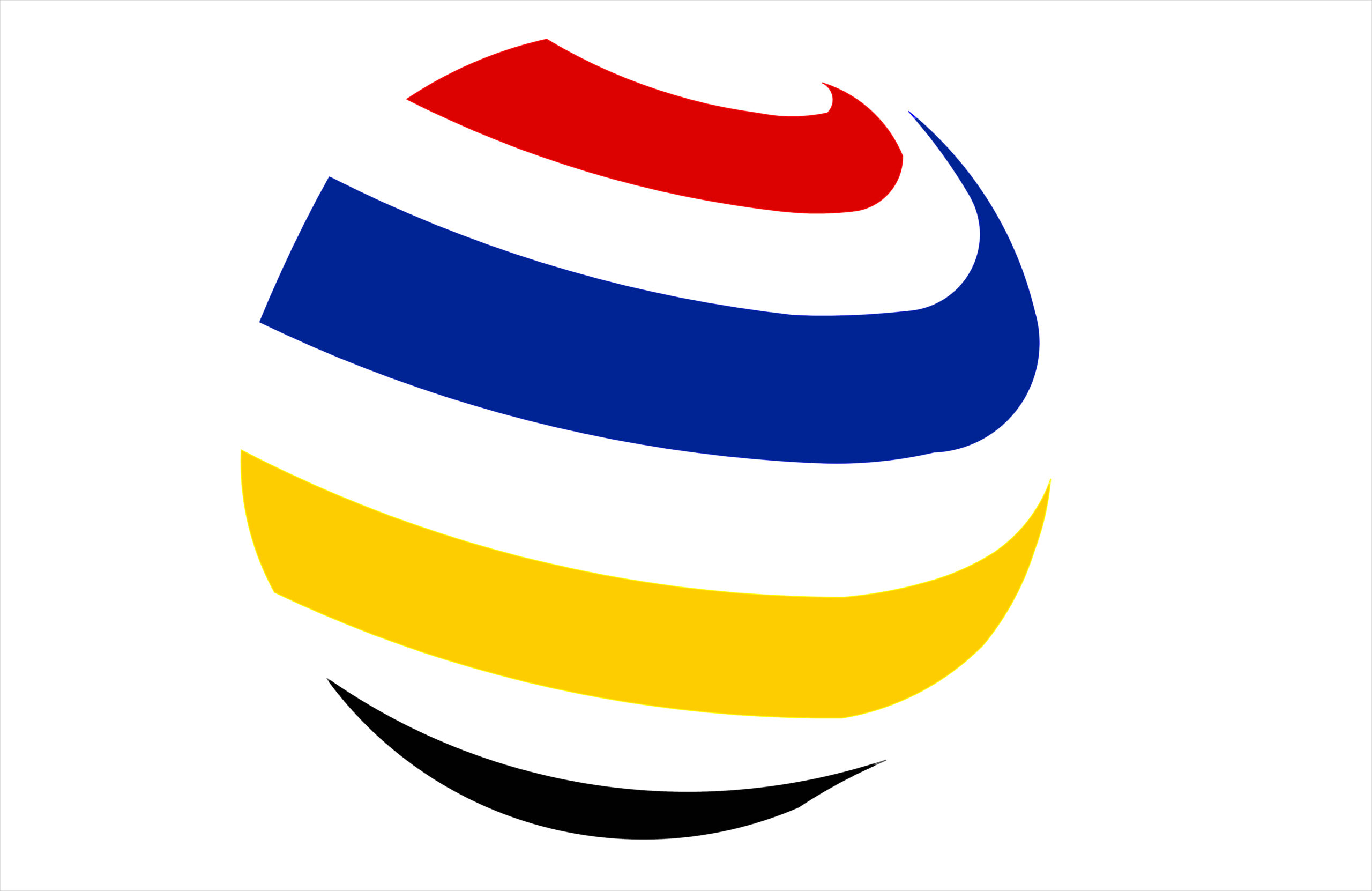Crafting a German-Style CV: Structure, Tips and a Template to Use

Estimated reading time: 3 minutes
The CV (Lebenslauf) is the backbone of every job application in Germany. Unlike in some countries where your cover letter does the storytelling, German HR managers often start with the CV—and may decide your fate within 30 seconds.
A well-structured CV shows your ability to organize, prioritize, and communicate clearly—qualities German employers highly respect.
Key Features of a German CV
German-style CVs are:
- Straightforward and reverse-chronological
- Limited to 1–2 pages
- Structured with clear sections
They are not the place to be “creative.” Instead, they focus on logic and clarity.
📌 Standard Sections in a German CV
- Persönliche Daten (Personal Info)
- Name, address, phone, email
- Nationality (optional), work permit/residency status
- Berufserfahrung (Work Experience)
- List jobs from most recent to oldest
- Include job title, company, location, and dates (MM/YYYY format)
- Bullet key tasks and achievements
- Bildung (Education)
- Degrees, schools/universities, years attended
- Mention your Abitur, Bachelor, Master, or foreign equivalent
- Kenntnisse (Skills)
- Languages (with CEFR levels: B2, C1, etc.)
- Tools (Excel, SAP, Adobe, etc.)
- Certifications or courses
- Zusätzliche Informationen (Optional)
- Hobbies, volunteer work, driver’s license, references
- Ort, Datum, Unterschrift (Place, Date, Signature)
- Still expected in many traditional sectors
- Especially important when printing or submitting as PDF
✨ Sample CV Format to Start With
This base layout works for most industries in Germany:
Max Mustermann
Musterstraße 12, 10115 Berlin
max.mustermann@email.com | +49 176 12345678
Geburtsdatum: 10.03.1995
Nationalität: Deutsch
---
🧑💼 Berufserfahrung
03/2022 – heute
Marketing Manager – ABC GmbH, Berlin
- Konzeption und Umsetzung digitaler Kampagnen
- Betreuung von Social-Media-Kanälen
- Keyword-Analyse und SEO-Optimierung
08/2019 – 02/2022
Marketing Assistent – XYZ AG, Hamburg
- Erstellung von Präsentationen und Reports
- Planung von Veranstaltungen
---
🎓 Bildung
2015 – 2019
Bachelor of Arts – Betriebswirtschaftslehre
Universität Köln
---
🛠️ Kenntnisse
Sprachen: Deutsch (C2), Englisch (C1), Spanisch (B1)
Tools: MS Office, Google Ads, Canva
---
📅 Ort, Datum
Berlin, 29. April 2025
✍️ Unterschrift (optional)
🔸 You can write your CV in English if the job ad is in English—but keep the German format and structure.
🧠 Use This ChatGPT Prompt to Tailor Your CV
Here is my base CV written in German style. Please tailor it for the following job ad:
[Insert job ad here]
Focus on rearranging or highlighting the most relevant experiences and keywords. Ensure it matches typical expectations of German recruiters.
This prompt will help you personalize your CV without rewriting it from scratch every time.
Final Touches Before You Apply
- Save as
Max_Mustermann_Lebenslauf.pdf - Use the same font and style as your cover letter
- Stick to 12 pt font size, clean layout, and no photos unless requested
- Always proofread—HR professionals in Germany value precision
Need Help From Our Team?
At LingoThoughts, we offer:
- Editable CV templates in German + English
- Live CV review sessions with native-speaking HR experts
- CV building workshops for job seekers in Germany
Frequently Asked Questions
Yes. While it’s not a legal requirement, many companies—especially in traditional industries—still expect the CV to end with your city, date, and a signature. It reflects professionalism and attention to detail.
Yes, unless the company explicitly discourages it. A professional headshot is still common in German CVs and often expected, especially in customer-facing or traditional roles.
Yes, especially if the job posting is in English or the company operates internationally. However, always follow the German formatting conventions and structure.
A German CV is typically one to two pages long. It should be concise, clear, and structured in reverse chronological order to highlight your most recent experiences.
“Lebenslauf” is the German term for CV. While both serve the same purpose, a German Lebenslauf is usually more structured and factual, with less emphasis on personal narrative.
Yes, but only 1–2 relevant and professional ones. Hobbies can add personality and give employers insight into your soft skills, especially if they align with the role or company culture.



